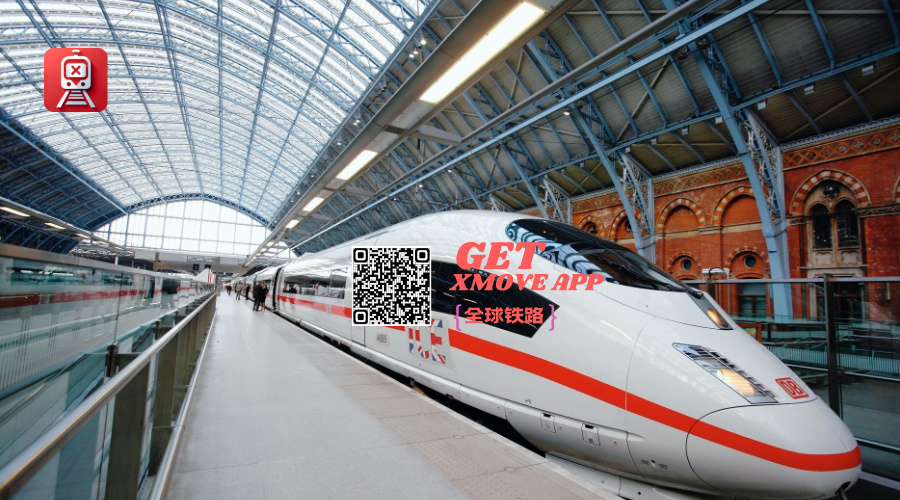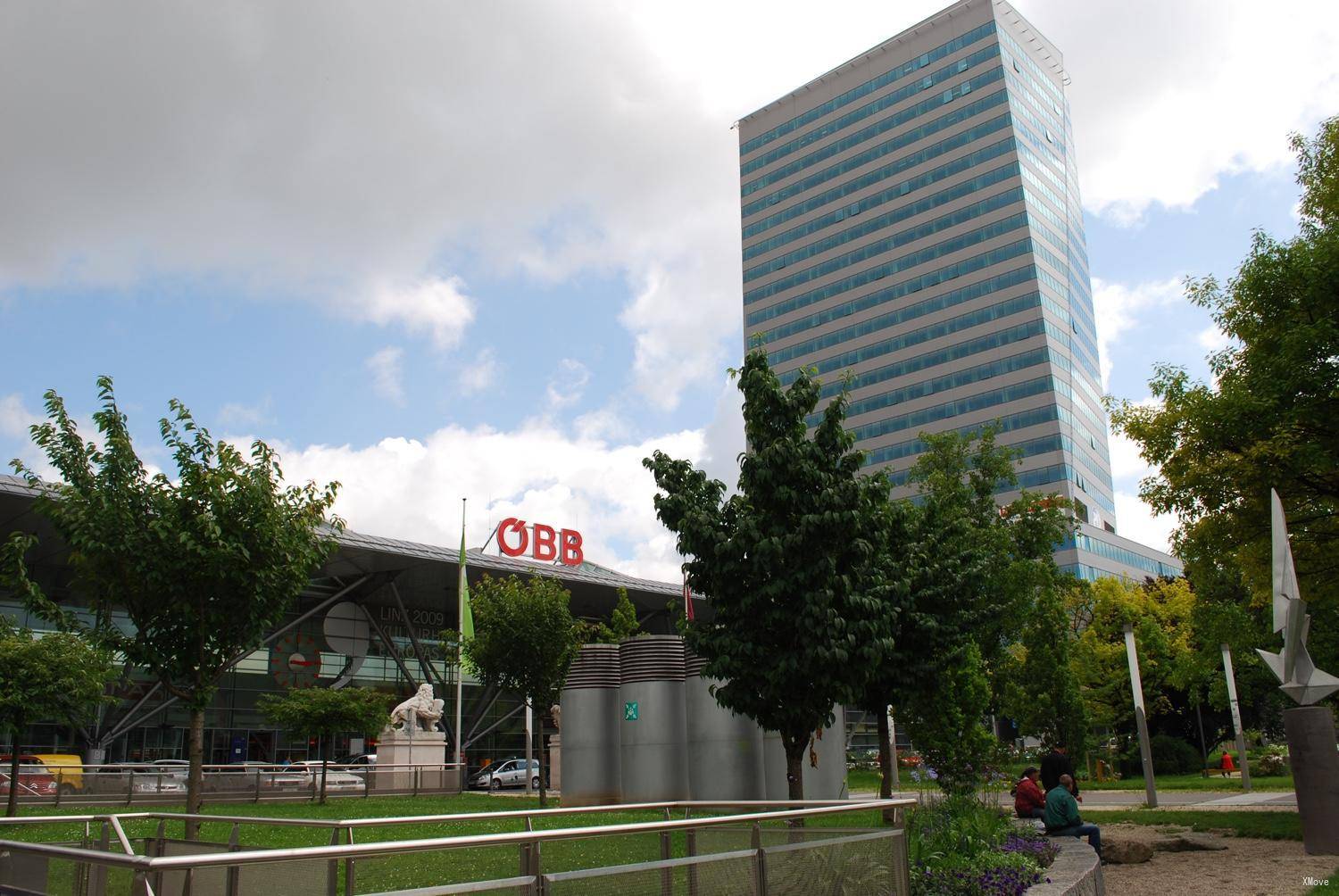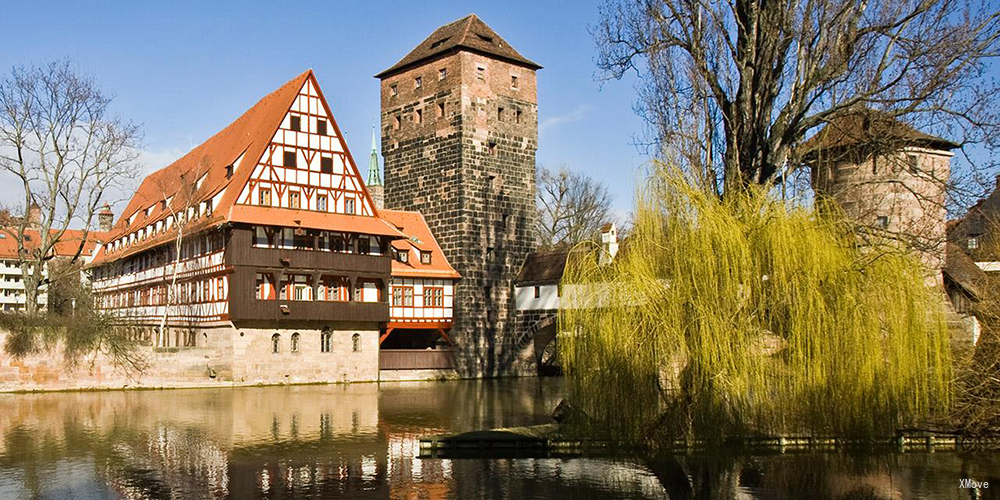Linz Central
Introduction
Linz Train Station is a very easy to use station.
There is only one floor on the platform, but in order to reach stations 2 - 12 (used by most trains), you need to use one of the two passenger passages below the track.
Arrived by train:
When arriving by train, the entrance to the main passage is located between Zone A and Zone B (the platform is divided into zones). When arriving from Vienna/Wien, this is towards the rear of the train, so when you get off you can be behind you, but in front of the train arriving from Salzburg (and other places).
This main passage has a lift and an escalator, but there is another passage in the C / D area, accessible through stairs and escalators. When arriving by train, it may be the nearest exit / Oswego, but if you want to use the elevator, you may need to walk through its entrance.
This secondary route is an alternative route from the train to the main lobby. If you use it and want to connect to the tram in the city centre, please don't board the exit you will see on the main square.
The main square has an atrium - the upper level is located on the street, so you can access the main exit, taxi station and bus station. On the lower floors, access to the platform and the ticket office, you can use the tram - Straßenbahn.
When arriving by train, if you use the main access and want to connect to the tram, the tram stop will be in front of the end of the passage - follow the instructions to the Straßenbahn. If you want to enter a taxi stand or bus stop, you can board the street directly.
Depart by train:
When departing by train, if your train departs from platform 3 - 12, please use the main access.
If you have already arrived at the station and entered from the main entrance, or by taxi or at the bus stop, you will descend to the lower floor of the main building to access this passage.
You can find out in which areas the trains and specific coaches will be found on the platform.
Linz Central - Station Guide | Departures and Arrivals | Popular Routes










